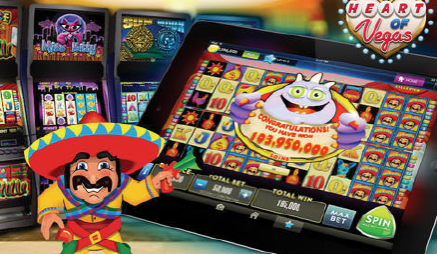Gambling: Rated E for Everyone
Since the rise of their popularity, video games have been a controversial topic in society. Most of the criticism is usually stereotypical myths without any good research or data to back it up. Yet there is definitely something sketchy going on in the gaming world today, something that somehow has gone under the noses of almost everyone and isn’t nearly reported or talked about enough in today’s media. Game developers have found a very sneaky way to implement some form of gambling into their games and seem to be getting away with it relatively unchecked. Most of the gambling that comes from gaming is done in the form of “micro-transactions.” Micro-transactions, are in-game ways to spend money to earn virtual items you can use in the game. They are commonly used as ways to buy cosmetics to customize your in-game experience but recently the popular trend in games have been to use micro-transactions in the form of loot boxes. Loot boxes are purchasable boxes that give you an opportunity to get random “loot” that can be used in game. Kids will, then, pay real money to have a completely random chance at getting something they want; and, more than likely, they won’t get it on the first try which opens up the possibility of paying even more money to have another random chance at getting it.
Game developers find multiple ways to implement these super sketchy practices into their games and manage to market them towards kids of all ages. Sports game developers commonly use digital trading card packs and might be the biggest offenders of this practice. According to EA (the developers behind game series, like Madden and Fifa), Madden makes around eight hundred million dollars a year just off of one game mode. Video games, like a lot of other habits, can become super addictive and the companies who make these games understand that and exploit it. The only thing in charge of checking these companies from doing this is the Entertainment Software Rating Board aka the ESRB. The ESRB even has rules set against these practices claiming that any game with “simulated gambling” will have at minimum a “T for teen” or could even be rated as “M for mature” which completely cuts out minors from being able to purchase the game on their own. Yet somehow these games still manage to get away with being marketed  towards kids. It actually ends up in some cases to be largely due to a case of conflict of interest. For example Take Two’s CEO, (responsible for the NBA2k series of games) Strauss Zelnick, also just happens to be the chairman of ESRB. These games have inside influence on the people responsible for restricting them; for all intensive purposes, they are in charge of restricting themselves. Unless someone outside of the gaming industry steps in and really puts effort in to make a change this issue isn’t going anywhere anytime soon. The number of children with gambling problems has quadrupled to more than fifty thousand in two years. Clearly, it’s time for the U.S. government, like other governments around the world, to step in and regulate these developers before it really starts affecting people’s (especially children’s) lives for the worst.
towards kids. It actually ends up in some cases to be largely due to a case of conflict of interest. For example Take Two’s CEO, (responsible for the NBA2k series of games) Strauss Zelnick, also just happens to be the chairman of ESRB. These games have inside influence on the people responsible for restricting them; for all intensive purposes, they are in charge of restricting themselves. Unless someone outside of the gaming industry steps in and really puts effort in to make a change this issue isn’t going anywhere anytime soon. The number of children with gambling problems has quadrupled to more than fifty thousand in two years. Clearly, it’s time for the U.S. government, like other governments around the world, to step in and regulate these developers before it really starts affecting people’s (especially children’s) lives for the worst.
For more information regarding gambling and video games see the sources below:
https://www.google.com/amp/s/metro.co.uk/2018/11/21/loot-boxes-part-of-growing-child-gambling-problem-reveals-uk-study-8164308/amp/
https://www.google.com/amp/s/www.psypost.org/2019/03/two-large-studies-have-found-a-link-between-loot-box-spending-and-problem-gambling-53341/amp
https://www.pcgamer.com/behind-the-addictive-psychology-and-seductive-art-of-loot-boxes/

Q: Who’s a musical artist you’ve always wanted to meet?
A: It would have to be either Kendrick Lamar or J. Cole. I would actually want to pick their...







